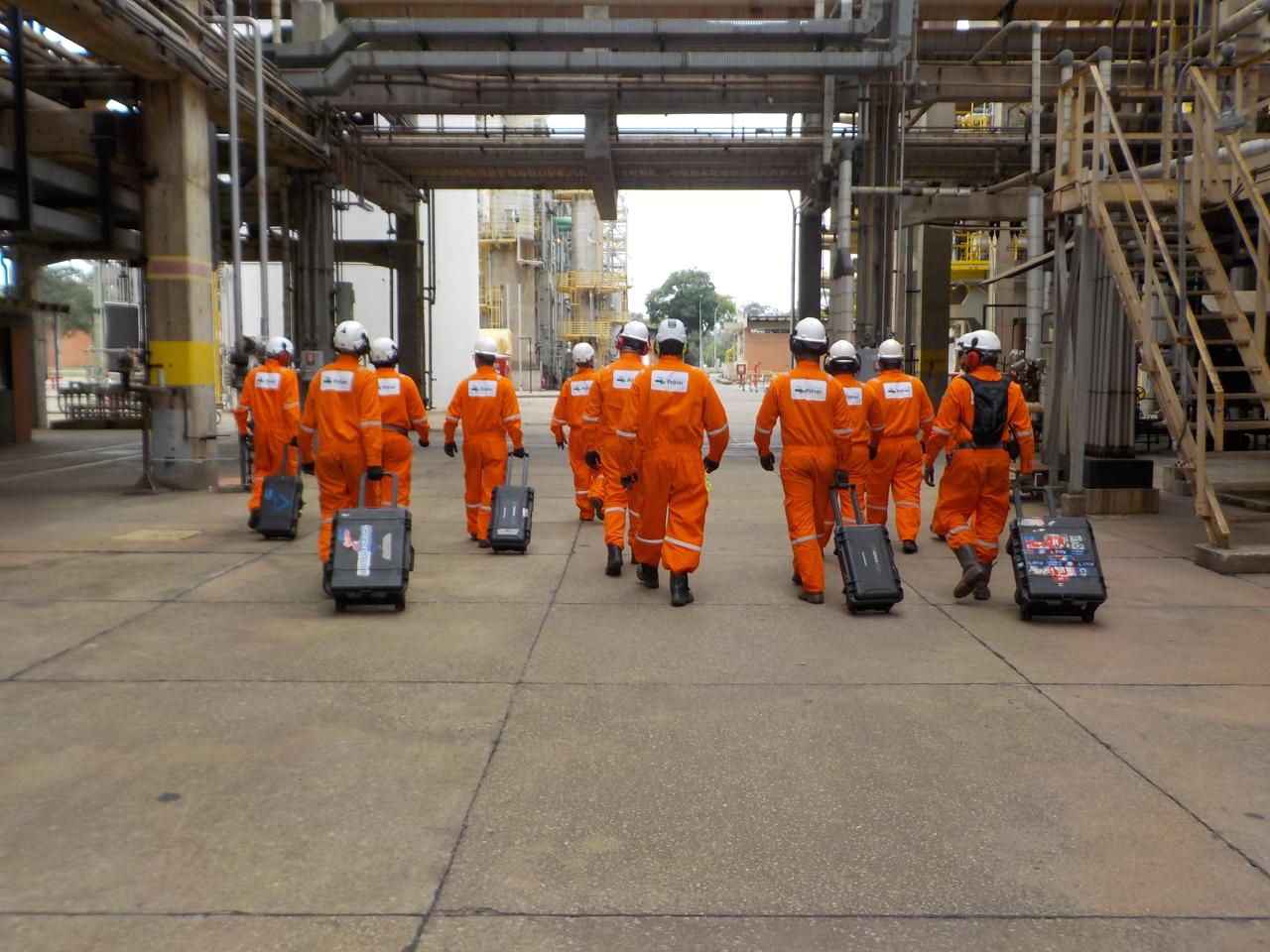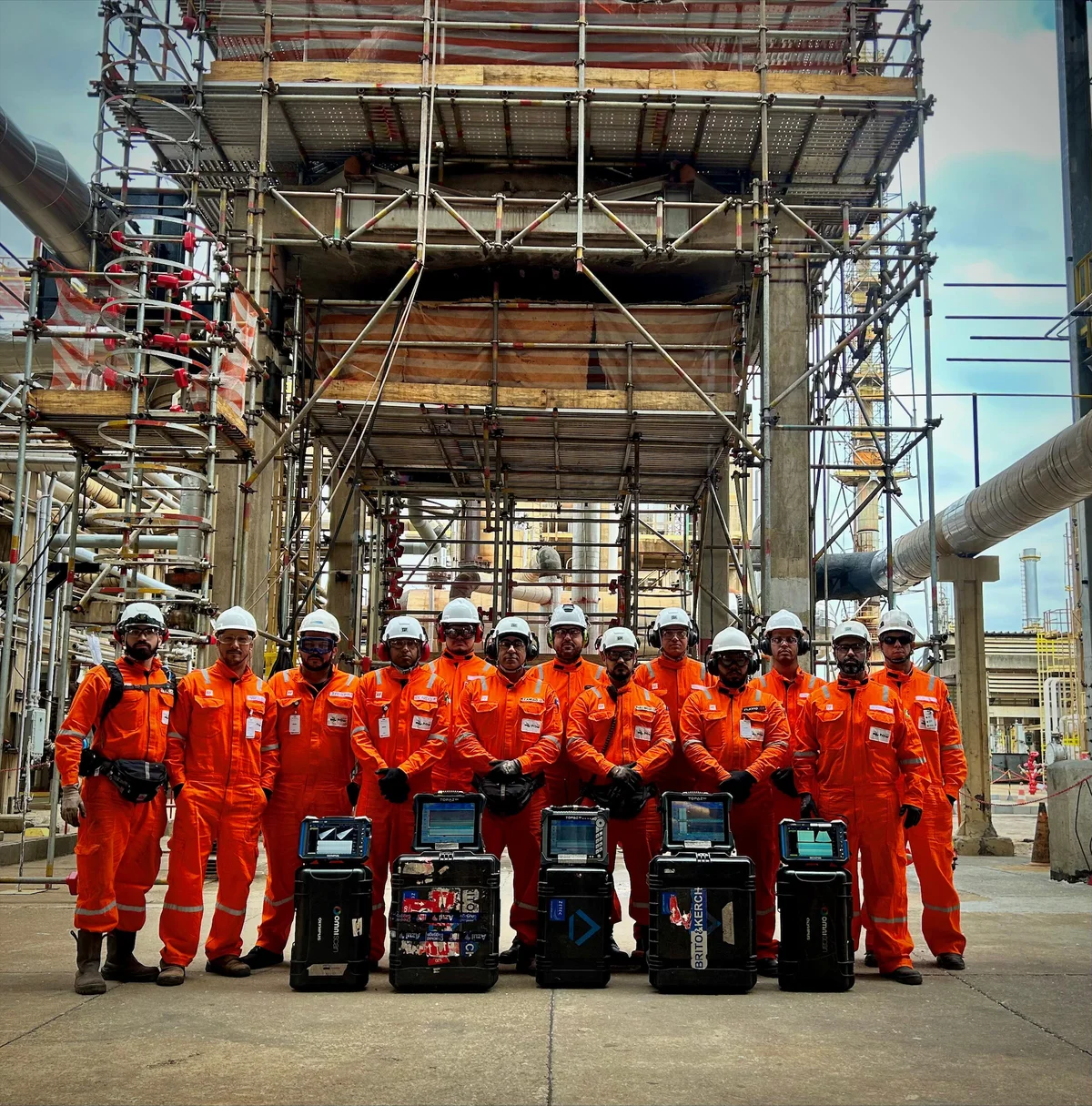Before
We used to receive the workpacks in advance (including isometrics, P&IDs and TAG lists), and performed the following activities:
- TAG count and system analysis;
- Creation of specific report templates;
- Development of spreadsheets to track inspection/report progress;
- Training of the IEQ + IEQ/ME + N3 teams;
- Digital distribution of documentation to IEQ teams.
Result:
With this setup, the average output was 5 to 6 TAGs inspected per day — including report completion — all done offshore.
The Challenge
How could we significantly increase productivity in pipeline system inspections?
Our Approach
We proposed to structure an Onshore support team responsible for document planning and organization, printing and sending materials to Offshore teams, and handling report creation and review onshore.
Key Changes
- Advance receipt of the workpack (TAG list, SPECs, isometrics, P&IDs etc.);
- Organizing documents by system, TAG and module;
- Printing and organizing isometrics into folders for inspectors;
- Redesigning the reporting format;
- Defining dedicated Onshore and Offshore teams;
- Creating a control spreadsheet for damage tracking, recommendations, performance, and S-curve;
- Training teams prior to deployment;
- Full-time monitoring of inspections and report generation;
- Ongoing report review by the Onshore team in parallel with fieldwork.
Team Setup
Offshore:
- 1 team: 1 IEQ IRATA N1 + 1 IEQ/ME IRATA N2 + 1 IEQ IRATA N3 (Plus)
Onshore:
- 2 data entry technicians per offshore team;
- 1 assistant (document handling, printing, and logistics);
- 1 engineer
Total: 7 professionals per full on/offshore team.
Results
Thanks to the joint effort between Priner and the client, inspection productivity saw a major boost:
- Average of 14 TAGs inspected per day, peaking at 31 per day;
- Reports typed at the same pace as field inspections.
This new model led to a 30% direct cost reduction in inspection activities, and most notably, a 70% reduction in POB (person on board) costs for offshore operations.
Comparison
Old Method:
- 2,000 TAGs required 36 deployments (1 offshore team);
- 4 TAGs/day + reports done offshore.
New Method:
- 2,000 TAGs completed in 11 deployments (on/offshore teams);
- 14 TAGs/day + reports done onshore;
- 25 fewer deployments needed.



